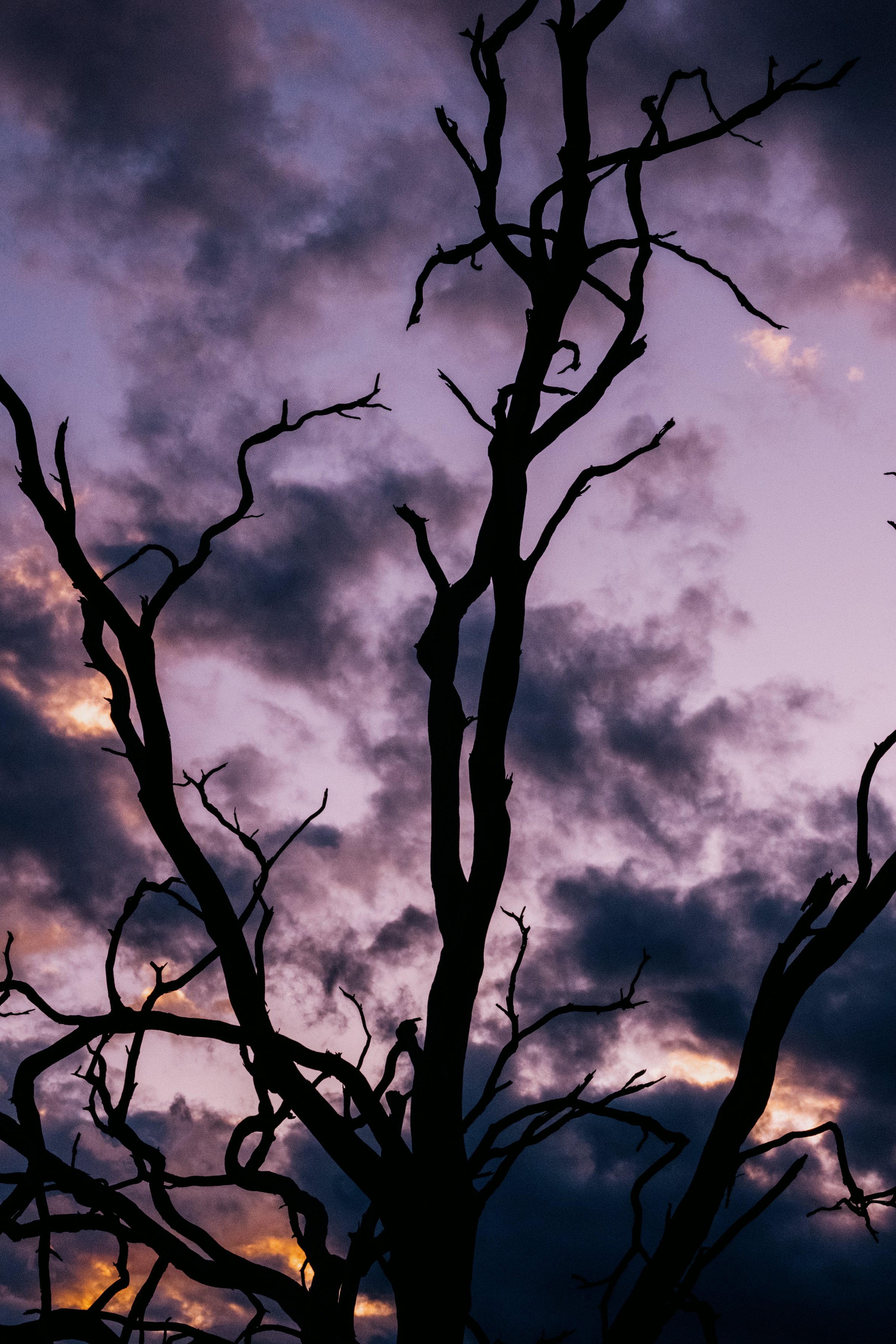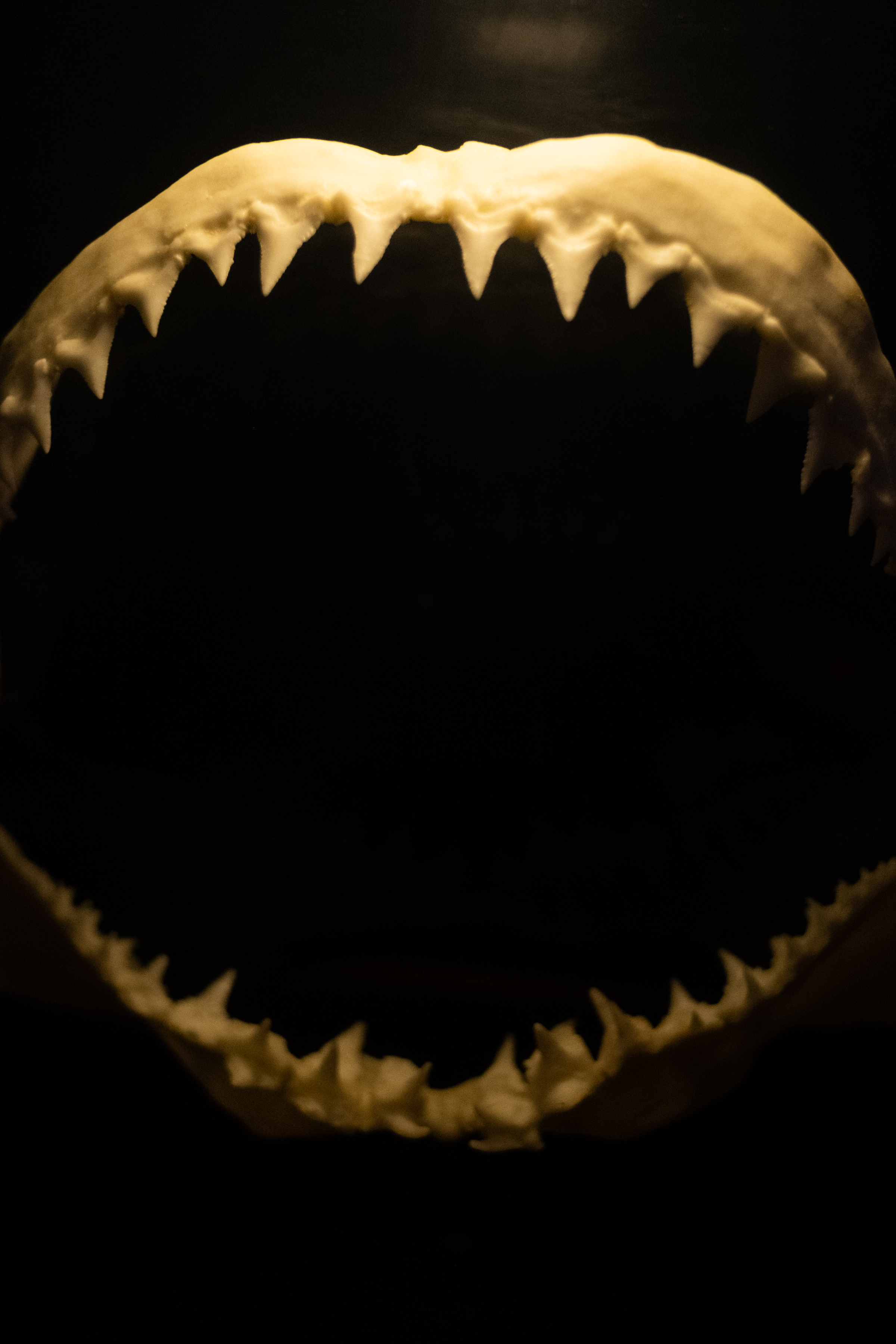Originally posted on jonnyenzyme.tumblr.com
If you’re a person who sometimes uses a camera you’ve undoubtedly heard the phrase “Leicas are a stealthy camera”. You’ve probably heard or read it so many times that it’s just common sense – if you want a stealthy camera, get a Leica. Heck, the internet can’t be wrong! Henri Cartier-Bresson swore by it!
I, for one, don’t think this to be the case. Now before you go grabbing your flaming torches and sharpening your pitchforks, please remember this:
I am going off my personal experiences in shooting a range of cameras in a range of places.
For starters, I usually wander about the streets of the town I live in taking photos. It’s really quite a small place with only 25,000 odd inhabitants. I’ve also lugged a pile of camera gear around places as large as Sydney to quite literally the middle of absolutely nowhere. In a city, you generally have the ability to lug around pretty much any camera gear as there are so many people that no one really takes too much time to pay attention to those around them. People sometimes notice what you’re carrying but are usually far gone before anything happens. However in smaller country locations people will take notice of you when you’re walking down the street, no matter what camera you are carry (or not, as it might be). As a rule, country folk take note of the people in their general vicinity whilst there are far too many people in a city to take note of everyone. Despite this, people generally still take notice of the fact you have a camera, regardless of whether you’re using it or not.
The second you look like you’re going to use a camera, you attract more attention regardless of the type, especially when you look like you’re going to take photos of people. This (or anything else here) shouldn’t be a surprise to anyone. I for one don’t really like strangers putting cameras in front of my face. Hell, I usually don’t like it when someone I know points a camera at me. If you’re in a big, populated place, the person you’re shooting tends not to care (most likely due to the simple fact of their being piles and piles of people and once you pass that person you’ll probably not see them again), but if you’re in a more sparsely populated place people can get really offended by it, and can get quite aggressive. Thankfully this has only really happened to me once – and I was shooting a Leica. It may have been the fact that I didn’t use my Jedi-Leica mind tricks on the person being photographed. It may have been that the spirit of Cartier-Bresson had left me for that moment. But it definitely did happen.
Fast forward a couple of years and I’ve developed a new theory about the magical ninja powers of the Leica that might just make sense:
The Leica is not a stealthy camera. It’s a non-threatening camera.
The modern perception of a ‘pro’ camera these days is a DSLR. Big, black, blobby things with hugemungous lenses, usually accompanied by brand name straps and the magical ability of getting all the good shots. They’re marketed (and often used) like weapons, their users embodied with a hunter-like mindset, where nothing but getting the shot matters. But as you probably know, not all pro cameras are like this and not all big black blobby things are DSLRs. Even so, DSLRs are considered the pro camera.
Now, take a camera like a Leica. Small body, small lens, no prism bump – not much that links it to a DSLR at all. In Joe Public’s eyes it isn’t a pro camera at all. Therefore the likelihood of the photographer getting a good shot is not anywhere near as high as one with a DSLR. Hell, they’re probably interested if you’re going to get a good photograph at all with it. On more than one occasion during model shoots I’ve been asked if the rangefinder I had would take the quality of photos the model was after, and whether or not it was a toy. It’s not because the models were stupid or uneducated, it’s just that it doesn’t fit the concept of a pro camera (and therefore good photographs).
This isn’t just the case for Leicas. This is pretty much the case with any non-big-black-blobby-thing. I’ve used 6x6 TLRs on the street and no one really bats an eyelid (and if they do, it’s trying to work out what the hell I’m doing). The same thing goes for a behemoth like a 4x5 Speed Graphic – if anyone comes up and talks to you they’ve got a smile on their face and a whole pile of questions to ask because they don’t believe you can still be shooting such old cameras. Most of the time people just leave you alone.
So, in order to try and wrap this convoluted mess of an argument up, a Leica is not a particularly stealthy camera (especially when you compare it to cameras like the X100/S/T). It has the benefit of being seen as a non-professional piece of equipment in the eyes of the public, and as such you the photographer are not a professional and are nowhere near as threatening. Even so, take a photo of a person in the wrong mood (or during the wrong phase of the moon) and you’ll undoubtedly get told to “Get that F*&king Camera out of my face. That’s Illegal.”
Plus it’s always nice to ask permission to take someone’s photo anyway.




























